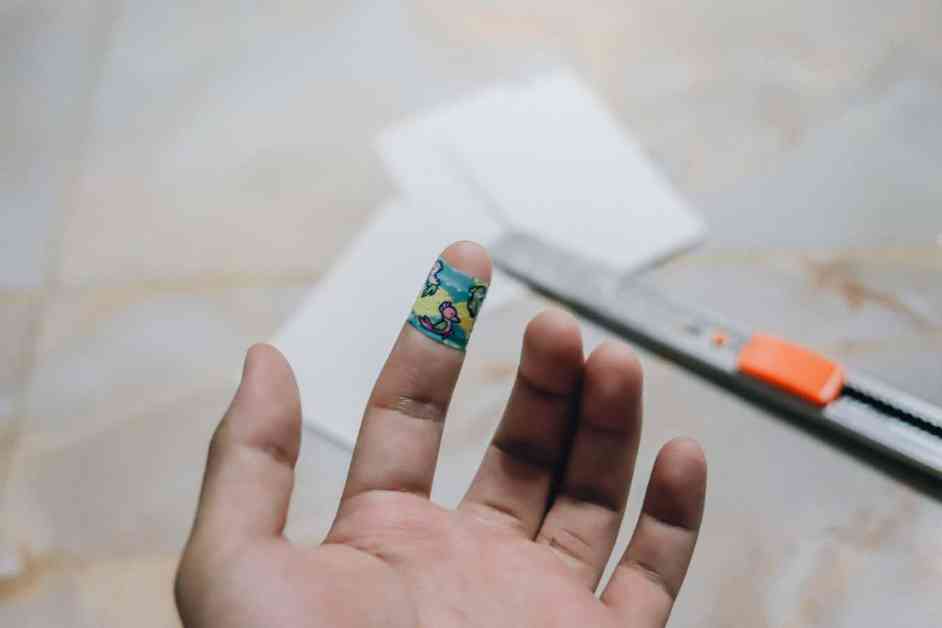Kaare Jensen, a researcher at the Technical University of Denmark, was tired of getting paper cuts and decided to investigate further. Most existing studies on paper cuts focus on the risk of infection, but Jensen wanted to understand the physics behind it. He and his team conducted an experiment using a gelatine-slicing robot to determine that the most likely paper to give you a paper cut is 65 micrometres thick.
The experiment revealed that paper of this thickness is most prone to slicing our skin. Despite being a hazard, this type of paper can also be repurposed as a recyclable knife. Jensen’s findings shed light on a common yet overlooked phenomenon and provide valuable insights into the world of physics.
Paper cuts may seem like a minor inconvenience, but they can be quite painful and annoying. Understanding the physics behind them can help us take precautions to avoid getting injured. Next time you handle paper, especially if it is 65 micrometres thick, be mindful of the potential risk of getting a paper cut.
Jensen’s research highlights the importance of exploring everyday occurrences through a scientific lens. By studying seemingly mundane events, we can uncover fascinating insights and deepen our understanding of the world around us. This experiment with a gelatine-slicing robot may seem simple, but its implications are far-reaching.
In conclusion, the next time you handle paper, remember Jensen’s findings and take care to avoid getting a paper cut. Who would have thought that something as common as paper could hold such scientific intrigue? Physics truly is everywhere, even in the most unexpected places.






